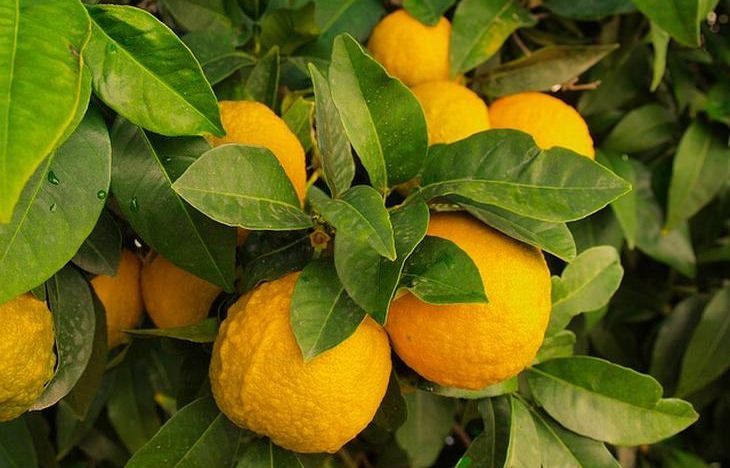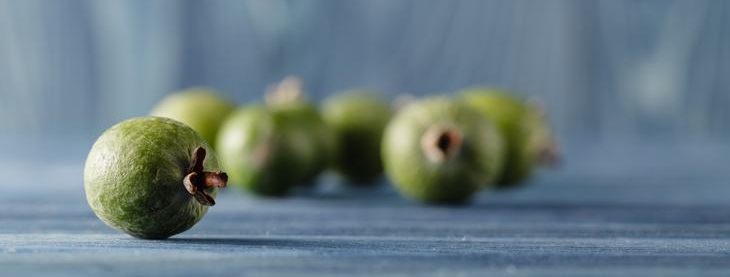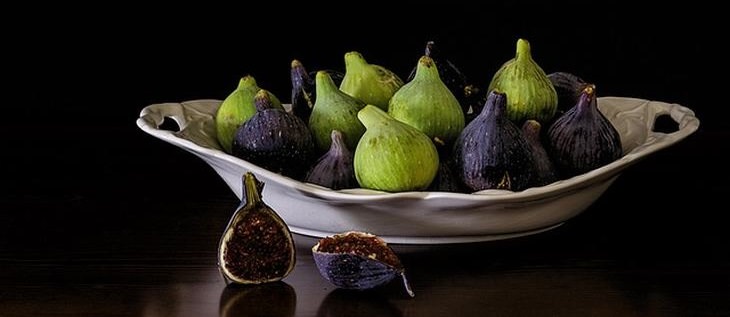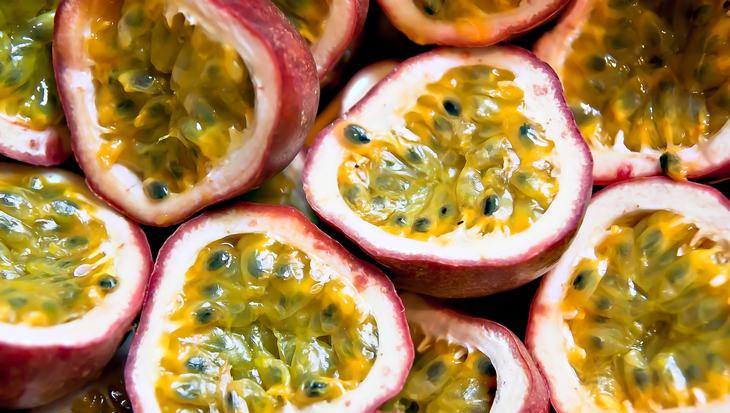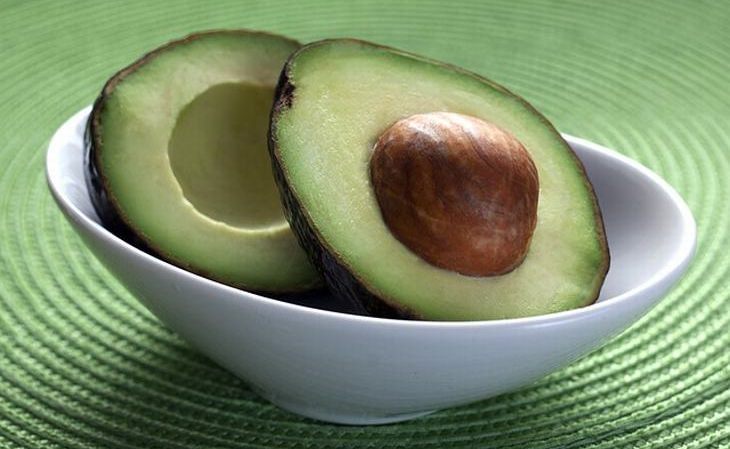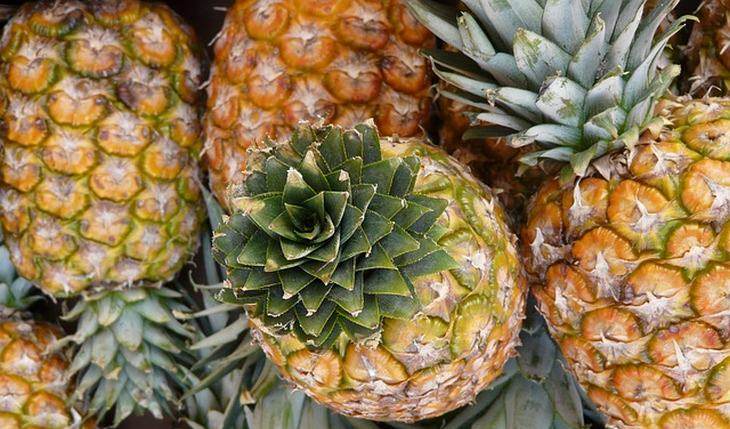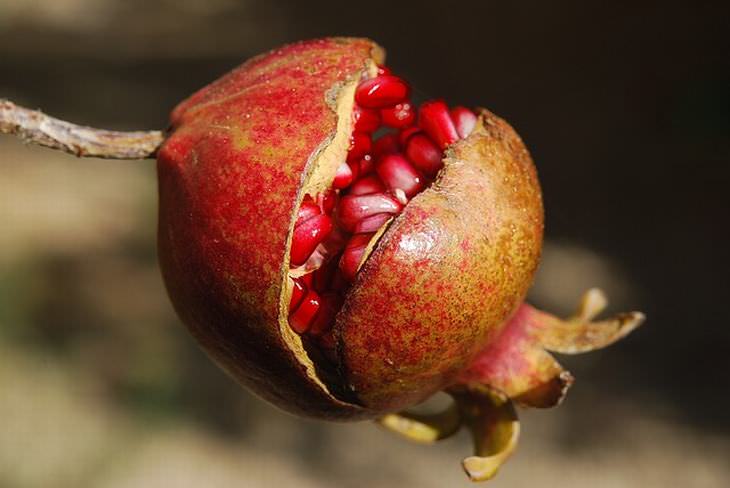1. Citrus trees
Lemons, oranges, grapefruits, and limes can all be grown indoors. They will also give your home a wonderfully rich citrus aroma all year round.
The process: Planting such fruit is actually pretty simple. The seeds for planting do need to be fresh though. Rinse the seeds with water and either plant them in damp soil, peat, river sand or in a special soil suitable for citrus fruits. Each seed should be placed in a separate pot or cup. The seedlings should also get enough natural light, but they should be protected from midday sun and dry air. The winter weather is also suitable for your citrus trees.
2. Dates
Were you aware that the pit within each date can be used to pot and grow your own date tree?
The process: Place the pits in a small dish and let them soak for a few days before planting. Bury them in a peat and sand soil mix. Be sure to keep the soil damp, spraying with some water every two days. The dates also require a lot of light, as well as a cool, winter temperature.
3. Feijoa (Pineapple Guava)
It is even possible to grow your very own exotic plant.
The process: The seeds of this exotic plant should be taken from a very ripe fruit. If the feijoa isn't ripe yet, place it in a warm spot for a couple of days. Once it has ripened, rinse the seeds from the surrounding pulp with water and leave them to dry on a paper towel. Then bury the seeds in sandy soil. The plant may grow a lot faster than expected. Ensuring this, when planting the sprouts, pinch the main root and transplant it together with old soil into a bigger pot.
4. Fig
This fruit may be found in abundance outdoors, but you may grow it inside your home too.
The process: Rinse and dry the seeds, then plant them into damp soil. Sprinkle the soil with a little sand and cover it with plastic wrap. Find a warm spot - fig trees need plenty of sunlight. Expect the first sprouts to appear in three weeks if you regularly moisten the soil and keep the room well-ventilated. Ideally, in summer, the temperature should be less than 68°F in the summer and should not exceed 57°F in the winter.
5. Passionfruit
The next time you eat passion fruit, be sure to keep those seeds.
The process: When planting passion fruit seeds, you'll most likely get a vigorous, fast-climbing vine as opposed to a fruitful tree. Like any other tropical plant, passion fruit needs a tremendous amount of sunlight, fresh air, warmth and high humidity.
6. Avocado
Avocado can easily be grown from its pit. You'll likely start to see its effects in one or two days.
The process: Remove the pit carefully and wash it gently, removing the flesh around it. Then plant it in the soil. Alternatively, you can stick three toothpicks, 120 degrees apart into the middle of the seed to balance the pit on the inside of a cup without inserting it into the water completely. Once the plant has developed a good root system in the water, carefully take it out and bury it in the soil. Keep the temperature at 64°F before the leaves come into bloom. Avocados love sunlight and heat, so place your tree next to a sunny windowsill. The more light it gets, the better.
7. Pineapple
Growing a pineapple is a lot easier than you would expect.
The process: You don't need seeds to grow a pineapple. Just twist the leaves off the top, strip off some of the lower leaves to expose the stem and plant it in a pot filled with river sand. Pineapple trees like a lot of sun and need to be kept fairly moist. The plant will only stop growing during the winter months - but keeping it indoors may help the fruit blossom then too.
8. Pomegranate
This tree doesn't need much water and can grow well almost everywhere.
The process: Growing pomegranate indoors will yield you dwarf pomegranates that will delight you with their pretty scarlet flowers and mouth-watering fruit. The average yield of pomegranates tends to vary between 7 to 10 edible fruits that are about 2 inches in diameter. Just scoop out some seeds and rinse them in cool water, rubbing them with a paper towel to remove the pulp. Allow the seeds to dry for a few days and to keep them from rotting. Plant the seeds no more than 1/4 inch deep in lightweight, seed-starting potting soil. Put the pot on a sunny, warm windowsill and keep the soil moist as your seeds germinate and grow. During the winter, it may help to cover the pot loosely with a clear plastic bag until the seeds have sprouted.

